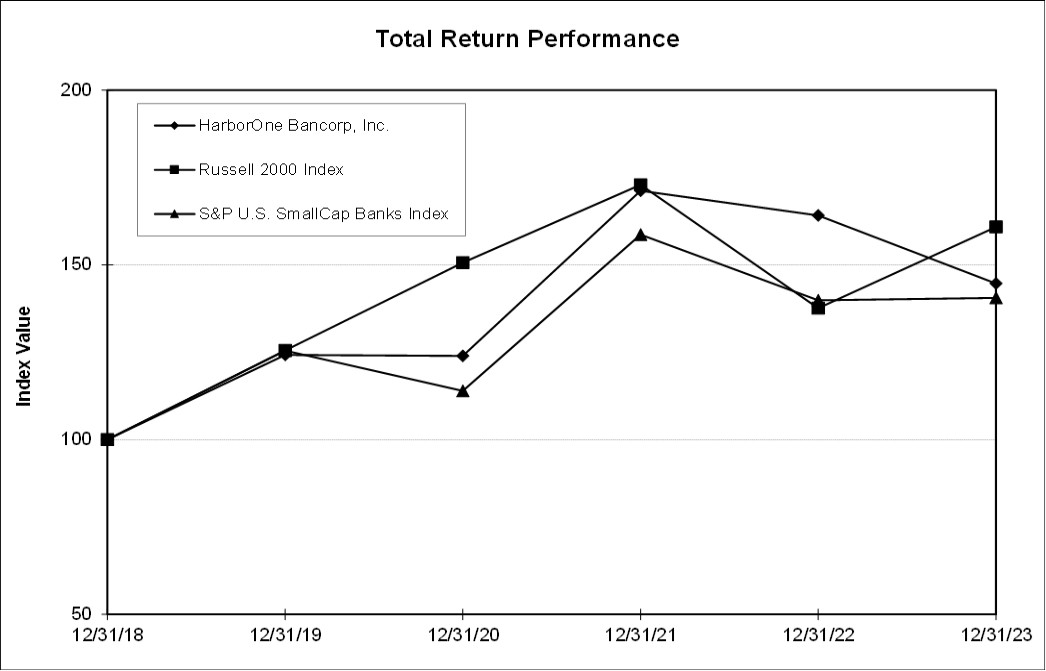We consider a number of factors when underwriting commercial real estate loans that include projected net cash flow to the loan’s debt service requirement, the age and condition of the collateral, the profitability and the value of the underlying property, the financial resources and income level of the sponsor and their experience in owning or managing similar properties, and the borrower’s credit history. When circumstances warrant, personal guarantees are obtained from the principals of the borrower on commercial real estate. To monitor cash flows on income properties, we require borrowers and loan guarantors, where applicable, to provide annual financial statements on commercial real estate loans. We also generally require an independent appraisal or valuation, an environmental survey, and a property condition report for commercial real estate loans.
In addition to originating these loans, we participate in commercial real estate loans with other financial institutions located primarily in Massachusetts and Rhode Island and sell participation interests in commercial real estate loans to local financial institutions, primarily the portion of loans that exceed our borrowing limits or are in an amount that is considered prudent to manage our credit risk. See below “Loan Underwriting Risks – Loan Participations.”
At December 31, 2023, the average loan balance of our outstanding commercial real estate loans was $4.2 million, and our five largest loans ranged from $28.6 million to $41.0 million. These loans were performing in accordance with their original terms at December 31, 2023. Our largest commercial real estate relationship consists of a 146 unit, market-rate apartment building with a book value of $41.0 million. This loan was performing in accordance with their original repayment terms at December 31, 2023.
Commercial and Industrial Loans. We originate commercial and industrial loans and lines of credit to a variety of professionals, sole proprietorships and small- to medium-sized privately-held businesses, primarily in Massachusetts and Rhode Island, with sales typically up to $100 million and borrowing needs up to $25 million, for working capital and other business purposes. Our small business lending team generates small business loans, including loans originated through the U.S. Small Business Administration (“SBA”), which provide a partial government guarantee. Small business loans, including real estate loans, generally consist of loans to businesses with commercial credit needs of less than or equal to $3.0 million and revenues of less than $5.0 million.
At December 31, 2023, commercial and industrial loans were $466.4 million, or 9.8% of total loans. Commercial and industrial loans included $147.2 million in small business loans, of which $37.9 million had a partial SBA guarantee, and $285,000 of loans provided through the SBA’s Paycheck Protection Program (“PPP”) with deferred fees to be recognized over the life of the loan or at forgiveness of $37,000. At December 31, 2023, commercial loans consisted of $223.8 million of fixed-rate loans and $242.6 million of adjustable-rate loans.
Commercial and industrial loans are originated with either variable or fixed rates of interest. Variable rates are based on a margin over a SOFR index, or tied to the Prime rate as published in The Wall Street Journal, plus a margin. Fixed-rate business loans are generally indexed to a corresponding FHLB rate, plus a margin. Commercial and industrial loans typically have shorter maturity terms and higher interest spreads than real estate loans, but generally involve more credit risk because of the type and nature of the collateral. We generally require that our commercial customers maintain a deposit relationship with the Bank.
When making commercial and industrial loans, we consider the financial statements and the experience of the borrower, our lending history with the borrower, the debt service capabilities of the borrower, the projected cash flows of the business, the value of the collateral, primarily accounts receivable, inventory and equipment and recourse from principal owners. Commercial and industrial loan amounts are determined based on the capacity for debt service and an evaluation of the age, condition and collectability of the collateral, but generally, advance rates for certain asset classes would not exceed 80%.
In addition to originating these loans, we participate in commercial and industrial loans with other financial institutions located primarily in Massachusetts and Rhode Island and sell participation interests in commercial and industrial loans to local financial institutions, primarily the portion of loans that exceed our borrowing limits or are in an amount that is considered prudent to manage our credit risk. See below “Loan Underwriting Risks – Loan Participations.”
At December 31, 2023, the average outstanding balance of our commercial loans, excluding PPP loans, was $266,000, and our five largest commercial loan exposures ranged from $12.5 million to $18.2 million. These loans are secured by business assets of the borrowers and include loans in the alternative energy, healthcare and educational services industries. The loans were performing according to their original terms at December 31, 2023.
Commercial Construction Loans. We originate commercial construction loans for commercial development projects, including industrial buildings, retail and office buildings, and speculative residential real estate. At December 31, 2023, construction loan balances were $208.4 million, or 4.4% of total loans. At December 31, 2023, our commercial construction loan portfolio consisted of $98.3 million in loan balances that were secured by speculative multi-family real estate loan projects, $107.5 million in loans that




